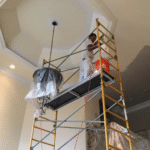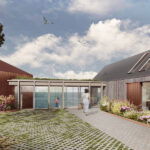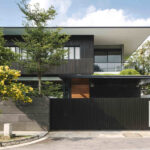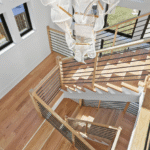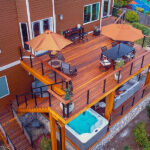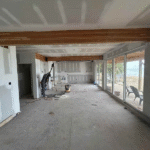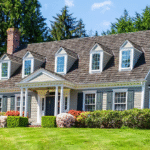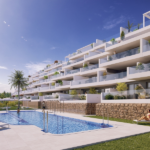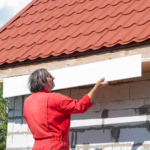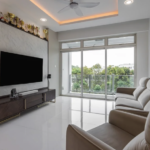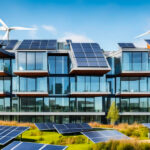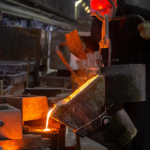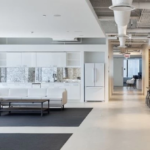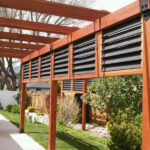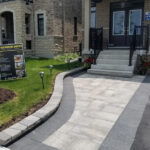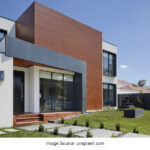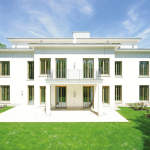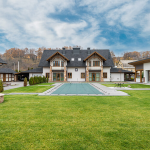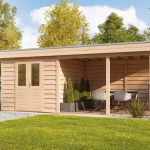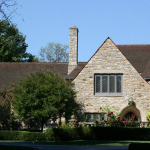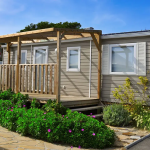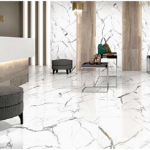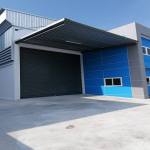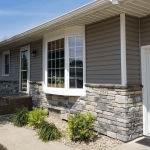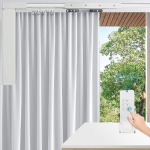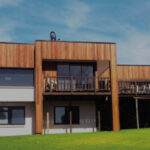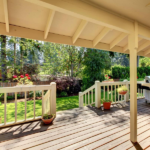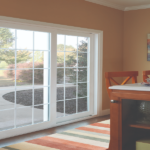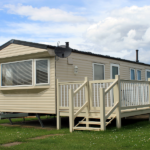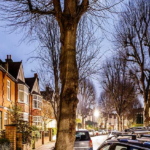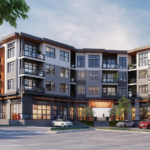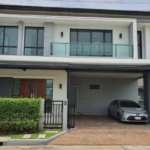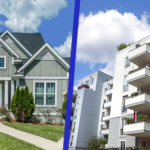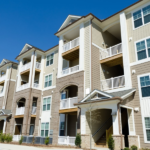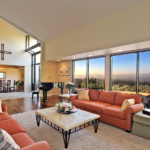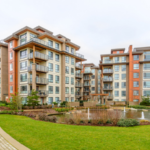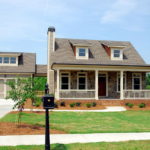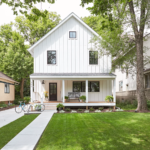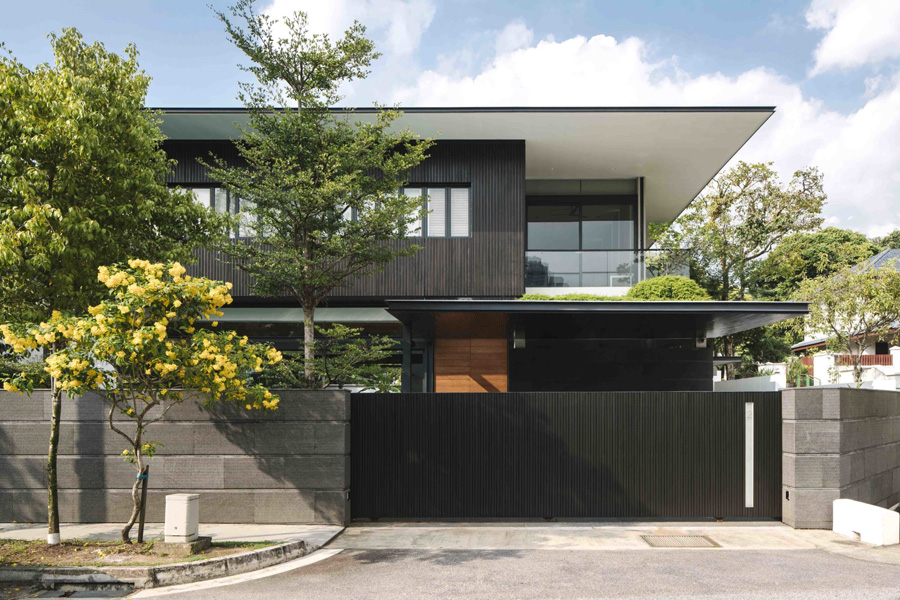
Singapore isn’t just a city-state; it’s a living, breathing model of modernity, technological innovation, and sustainable design. If you’ve ever visited, you’ll have seen this firsthand — from the iconic Marina Bay Sands to the lush greenery of Gardens by the Bay, architecture in Singapore is a masterpiece of creativity. But here’s the kicker: it’s also a beacon of cutting-edge technology. And when it comes to marrying modern technology with innovative design, Singapore’s architects are truly at the forefront.
In this post, we’re going to dive deep into how Singapore’s architects are transforming the city with smart building technology — from the integration of the Internet of Things (IoT) in residential buildings to the groundbreaking use of artificial intelligence in designing office spaces. It’s the future of architecture, and it’s happening now.
The Role of Smart Technology in Modern Architecture
First, let’s establish what “smart architecture” really means. In a nutshell, smart architecture refers to buildings and spaces that are equipped with advanced technologies designed to optimize efficiency, energy use, and user comfort. We’re talking about everything from automated lighting and climate control to integrated AI systems that adapt to the needs of the occupants.
But this isn’t just a trend — it’s part of Singapore’s larger vision to become a global leader in smart city technology. The government’s Smart Nation initiative aims to use technology to improve the quality of life for its residents while reducing environmental impact. Singapore’s architects have embraced this vision with open arms, blending technology into every corner of the city’s urban landscape.
Smart Homes: Where Convenience Meets Comfort
When we think of smart homes, many of us envision voice-activated lights and smart thermostats. But Singapore’s architects have taken this to the next level. In recent years, we’ve seen the rise of buildings that aren’t just “smart” in the traditional sense — they’re designed with advanced systems that connect the residents to the very fabric of the building.
Take the iconic The [email protected], for example. This is a building designed with integrated sensors that monitor everything from temperature and humidity to occupancy levels. These sensors feed data into the building’s central system, allowing it to make real-time adjustments for energy efficiency and comfort. For the residents, this means that their living space can automatically adjust its conditions for optimal comfort without lifting a finger.
It’s like living in a home that understands your needs before you do. Need the air conditioning a bit cooler while you work from home? Done. Want the lights dimmed just right for a cozy movie night? It’s already happening. This is the future of living, and Singapore’s architects are setting the gold standard.
The Rise of Smart Offices
Singapore is also home to some of the most forward-thinking office spaces on the planet. With the rise of flexible workspaces, it’s no surprise that architects are reimagining how we work. The integration of smart building technology in office spaces is not only about enhancing productivity but also about improving employee well-being.
One such example is One North, a sprawling business district designed with smart office buildings that prioritize environmental sustainability. These spaces feature a range of technologies like automated blinds that adjust based on sunlight levels, motion sensors to control lighting, and even AI-powered systems that optimize airflow and temperature in real time.
These smart office buildings aren’t just great for the environment; they’re also designed to improve the work-life balance of employees. By creating spaces that adjust to the needs of the people inside them, architects are making sure that work doesn’t feel like a grind. It’s about enhancing the experience for employees by giving them the tools to work smarter, not harder.
Green and Smart: The Perfect Match
But wait, there’s more! Singapore’s architects aren’t just about integrating smart technology for the sake of convenience — they’re also doing it to help build a more sustainable future. With urbanization and population growth putting pressure on resources, it’s more important than ever that buildings minimize their environmental impact.
That’s where smart architecture plays a massive role. Many of Singapore’s most innovative buildings combine cutting-edge technology with green design principles. The Punggol Waterway Terraces is a prime example. This residential complex utilizes smart irrigation systems that automatically adjust water usage based on weather conditions. It also features energy-efficient lighting and motion sensors that reduce energy consumption.
But it doesn’t stop there. Smart buildings in Singapore are also designed to be water-wise and energy-efficient. These buildings harvest rainwater, use solar panels, and even have “green” roofs that help cool down the surrounding areas. By incorporating technology to monitor and reduce energy consumption, these buildings help reduce the overall carbon footprint of the city.
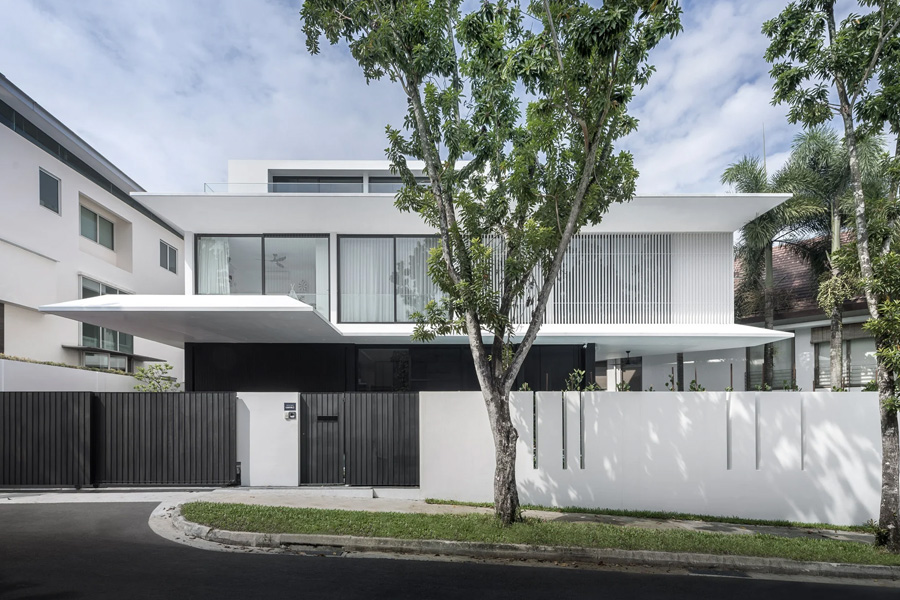
Singapore Architects Are Pioneering the Future of Smart Buildings
So, what’s the takeaway here? Well, Singapore’s architects are not just designing buildings — they’re designing living, breathing systems. These architects have a clear vision of the future, where technology and design work together to create more efficient, sustainable, and comfortable spaces for everyone.
They’re pushing boundaries in ways that other cities around the world can only dream of, all while prioritizing the environment, energy efficiency, and the well-being of residents. From smart homes to innovative office spaces, Singapore is truly leading the way in the field of smart architecture.
But these innovations don’t just stop with the architecture itself. Singapore’s architects are also playing a critical role in the city-state’s larger ambition to become a truly “smart” city. They’re working hand-in-hand with urban planners, government officials, and technologists to build the future of Singapore — one that is sustainable, tech-forward, and livable for generations to come.
Looking Ahead: The Future of Smart Architecture in Singapore
What’s next? If Singapore’s architects continue on their current trajectory, the future of architecture looks even more exciting. We’re talking about buildings that don’t just respond to their environment but adapt and evolve with it. Imagine skyscrapers that can reshape themselves to optimize sunlight or buildings that automatically change their layout based on the needs of their occupants.
With smart technology and innovation at the heart of Singapore’s architectural movement, there’s no limit to what’s possible. And as more cities around the world look to Singapore for inspiration, it’s clear that the Lion City is leading the charge in creating the smart, sustainable cities of tomorrow.
In conclusion, Singapore’s architects aren’t just about creating buildings — they’re shaping the future of urban living. Whether it’s smart homes, high-tech office spaces, or green, energy-efficient designs, these architects are taking the world of architecture to new heights. And the best part? This is just the beginning.
If you’re looking to learn more about how smart technology is changing architecture, or want to explore the work of Singapore’s most innovative architects, now’s the time to dive deeper into this evolving field. Because one thing’s for sure — the future of architecture is looking bright, and Singapore’s architects are making sure of it.





